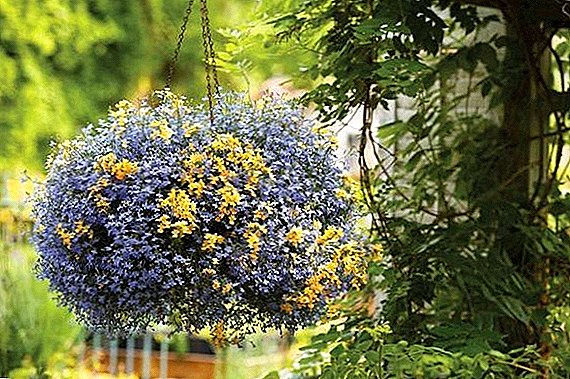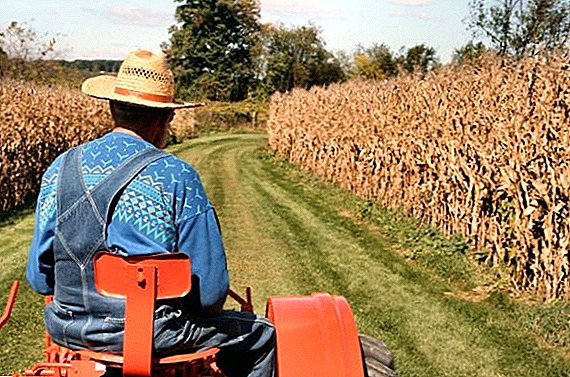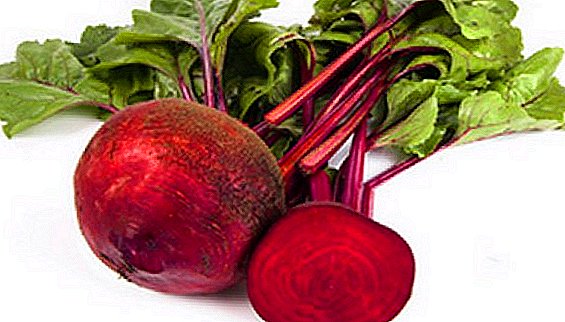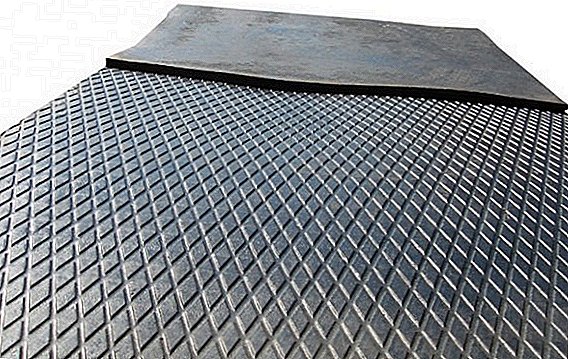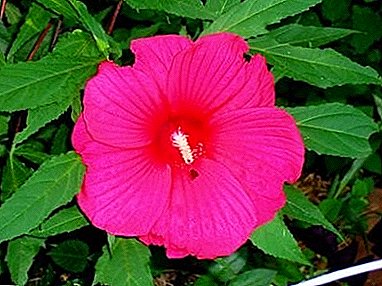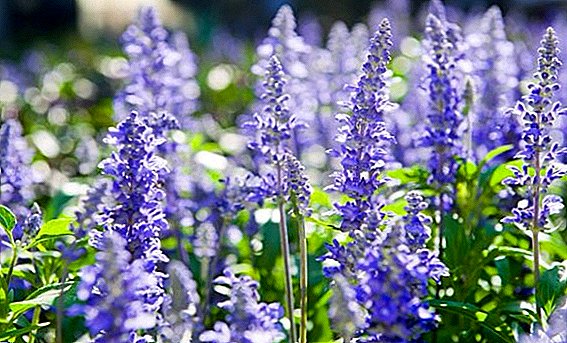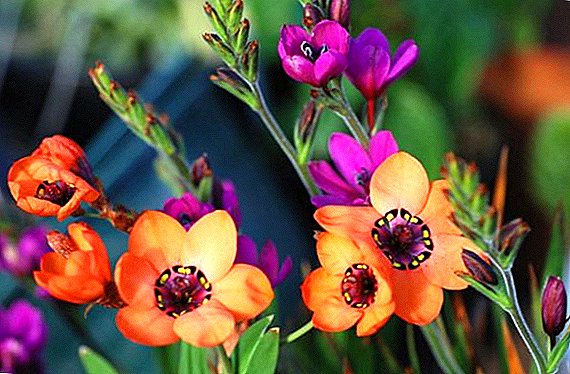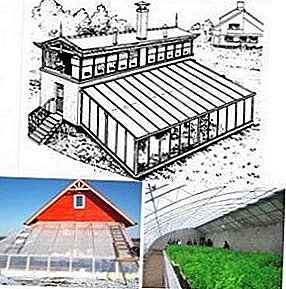
Sunny vegetarian Ivanova - a big harvest with minimal time and effort.
Greenhouses and greenhouses for heat-loving crops in the area of high-risk farming are quite popular.
However, we are all accustomed to typical, traditional buildings, in which the conditions for growing vegetables and flowers are about the same.
Sunny vegetarian has a number of fundamental differences from traditional garden structures to shelter plants from the cold.
Garden miracle with fantastic features
Solar vegetarian - the greenhouse of a new generation, a type of solar greenhouse, introduced by physicist A.V. Ivanov. The building was constructed in the 50s of the last century, and immediately demonstrated fantastic opportunities get great harvests in any climate zone.
Cultivation of garden crops in a vegetarian allows you to get a harvest a month earlier, and its value is increased significantly.

The appearance of this building resembles an ordinary wall greenhouse, often found in many suburban areas. The fundamental difference has a special internal structure of the vegetarian.
Vegetarian Ivanova - the destruction of all the stereotypes of growing heat-loving crops in indoor spaces. From an ordinary greenhouse or greenhouse construction characterized by the following parameters:
- Vegetarian does not need additional heating at a temperature starting at minus 10 degrees. Inside the structure under such conditions, the temperature will be maintained within 18-20 degrees. If night frosts occur to minus 15, a balance is maintained within plus 12 degrees;
- The helio-greenhouse Ivanova is provided with a special air circulation systemThe inner space of the vegetarian does not need airing. What is especially important is that during this procedure the greenhouse loses moisture, nitrogen and carbon dioxide, and the presence of these substances in the air is necessary for the full development of the plants;
- In the vegetarian plant optimum moistureso there is no need for frequent watering.
What is the advantage of the design?
Vegetarian Ivanova has a special structure, due to which maximum use of solar energy to preserve the internal microclimate.
 In fact, it is a rectangular building with a flat, transparent roof. The coating is arranged at an angle of about 20 degrees.
In fact, it is a rectangular building with a flat, transparent roof. The coating is arranged at an angle of about 20 degrees.
The roof of the vegetarian is absolutely light. The ideal option is cellular polycarbonate. The side and front walls of the vegetarian are also constructed from polycarbonate or glass.
The northern side is built capital and covered with mirror foil or painted with white gloss paint. As an option, the vegetarian is attached to the wall of the house, shed and even to the fence. But you can build a separate building, with the capital of the northern wall.
If the vegetarian is built separately from the house, it is advisable warm the back wall sheets of foam. The height of the northern opaque wall should be from two to two and a half meters.
The sun's rays fall into a vegetarian through the transparent roof and walls, accumulate, reflecting from the rear wall-screen.
And the lower the standing of the sun, the more energy is used inside vegetarian. The slope of the structure in the amount of 25 degrees, increases the absorption of heat, compared with conventional structures, by 3-4.5 times.
As for the internal arrangement of the solar greenhouse, the beds inside are located steps from north to south. Each ridge is fastened with brick, wooden or metal borders.
This arrangement of ridges and walls contributes to the maximum penetration of sunlight into the inner space. In addition, the reflection of rays is reduced as much as possible, which reduces sun loss.
Ridges inside a vegetarian should be made narrow, with wide aisles between them. Plants inside it have impressive size, so they need a garter to a horizontal trellis, located almost under the roof.
In case of frost below 15 degrees in the greenhouse can provide heating. In this case, the vegetarian is suitable for year-round use.
Air exchange in the greenhouse
The problem of loss of nutrient medium for CO2 plants in the construction of Ivanov is solved by creating closed cycle air exchange.
In the depth of the soil, at a distance of about 35 centimeters from the surface and about 60 centimeters from each other, pipes (plastic or asbestos-cement) are hidden. Pipes are laid in the south-north direction. The ends of the pipes from the bottom are brought to the surface of the earth, and the upper ones are connected to a collector located across the pipes.
 A vertical pipe with an adjusting flap is installed in the center of the collector. It overlooks the roof through the northern wall. The exit of this pipe directly into the vegetarian is supplied with a fan.
A vertical pipe with an adjusting flap is installed in the center of the collector. It overlooks the roof through the northern wall. The exit of this pipe directly into the vegetarian is supplied with a fan.
Using the valves installed in the collector (at the top and bottom of the fan), the temperature inside the greenhouse is regulated. In a solar vegetation in winter, when the temperature outside is minus ten, the internal heat is enough to maintain a temperature of 25 degrees.
Heat accumulator is soilabsorbing it from the air. The heat accumulated in the upper part of the structure is artificially redirected downwards. At night, there is a reverse process of the return of heat from the soil back into the air.
The same ventilation system greenhouse vegetarian saves plants from overheating on hot days. Excess heat is brought out using the same pipes. The bottom flap under the fan now closes and the top flap opens.
In this case, the air flow direction changes. The fan drives it out, ensuring the normal internal temperature and protecting the plants from overheating.
Irrigation system of solar vegetation
For irrigation of plants grown in solarium, soil and air moisture are usedcollected by a specially organized system for its collection.
Pipes laid under the soil, have holes in the bottom at a distance of 15-20 cm from each other. Passing through the cold pipes, warm air contributes to the formation of condensate on the walls. Moisture collected in this way percolates into the soil, from where it absorbs the roots of plants.
 Under the pipes, a layer of expanded clay was laid to spread the moisture along the entire length of the bed. External irrigation of crops under such irrigation system is not needed..
Under the pipes, a layer of expanded clay was laid to spread the moisture along the entire length of the bed. External irrigation of crops under such irrigation system is not needed..
In a similar irrigation system, water quality is also a plus. It is completely free from salt and lime, while filled with ammonia from the decomposition of organic matter. In case of lack of moisture in the greenhouse, drip irrigation is provided.
Such an organization of irrigation is most favorable for plants.. When watering is organized on the surface, moisture actively evaporates, most of it does not reach the root system. The roots of this watering, seeking to get moisture, approach the surface, which also negatively affects growth.
Vegetarian, due to the entry of moisture into the soil, contributes to the development of plants powerful, maximally enriched with moisture and nutrition of the root system.
The creator of a vegetarian, AV Ivanov, dreamed that his offspring was available at every home in order to tame the energy of the sun and provide its inhabitants with vegetables. Currently every amateur gardener has the opportunity to take advantage his invention to increase the yield on the site.
A photo
In the photo you can see the new-generation solar greenhouses:







